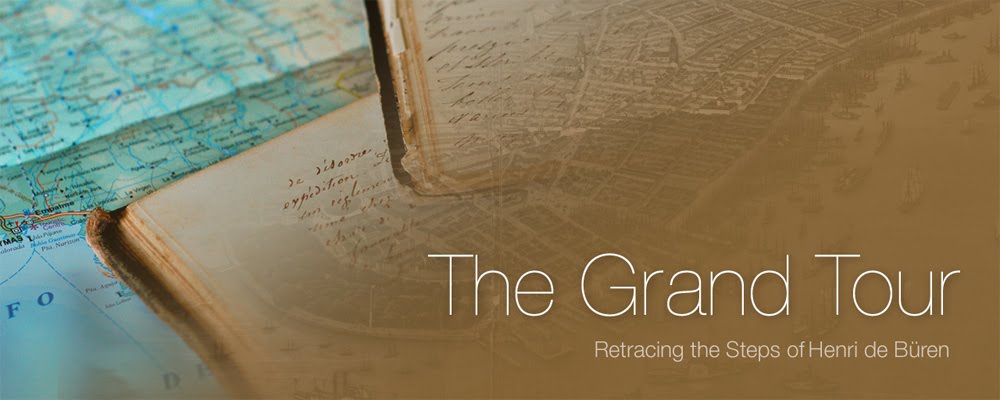
One of the greatest enemies of Henri's 1853 expedition across Peru was hunger. 160 years ago it would have been a logistical nightmare to find food and drink for 90 people every day. These people would not simply have been hungry, after walking all day, they would have been ravenous. Hunger was not simply an issue for stamina, but for the maintenance of social order.
An event related to food and its importance had dire consequences for the expedition in Chachapoyas.
"In the midst of writing my journal late into the evening on a cool night in Chacapoyas, Damian von Schütz the 2nd in command of the Amazon expedition and leader of the German emigrants entered my tent with a certain urgency and asked to borrow my pistol. I obliged without hestiaition, and followed him to the center of town. The local police captain was apparently fearful that members of the expedition may try and take the police prison and army barracks by force in an effort to release one of their comrades. He had been arrested earlier in the day for an altercation with a group of Peruvian soldiers. The soldiers in question had apparently stolen meat destined for the expedition. Guns were drawn and deadly force would have been used, had it not been for a fellow German countryman who implored him to see reason.
When we arrived at the police station all was calm and we felt the police captain’s fear was surely misplaced. At that moment, we saw a large contingent of our compatriots marching in military fomation towards the prison, very well armed and with malicious intent. We stopped the group and tried to disuade them, but their passions were greatly stirred, and their resolve strengthened by cheap local liquor. They felt that the local police captain had arrested their countryman without cause and would release him by any means necessary."
The local Peruvian police chief knew the Germans meant business and would eventually release the prisoner. The whole event turned the local population against the expedition and they had to leave Chachapoyas in haste.
The affair would have immediate effects. The negative reputation the expedition acquired in Chachapoyas would be hard to shake and made villagers less likely to help the expedition as they moved inland towards the Amazon. This coupled with graft by Don Manuel Ijurra and his own questionable character made a difficult journey even more perilous.









